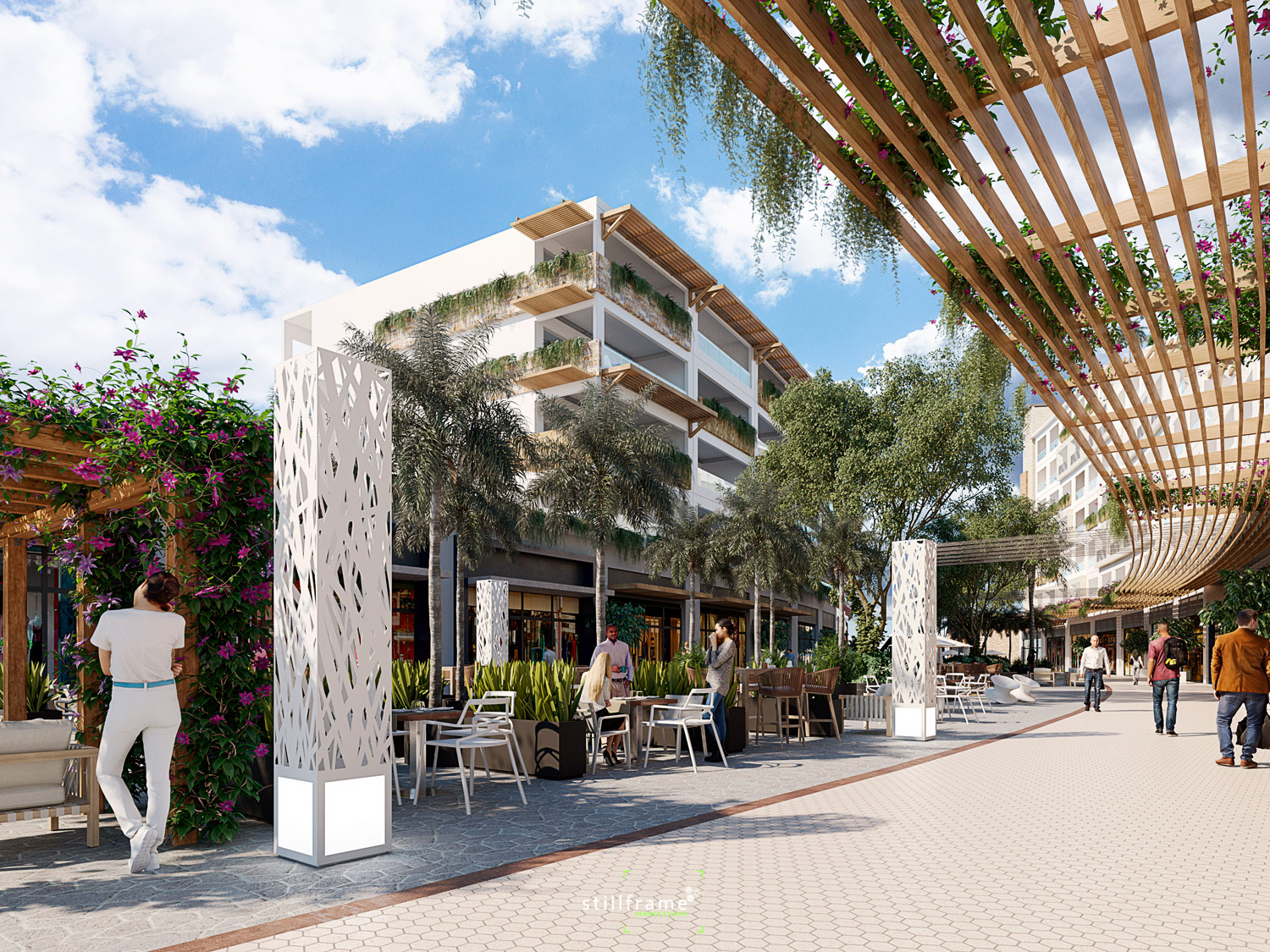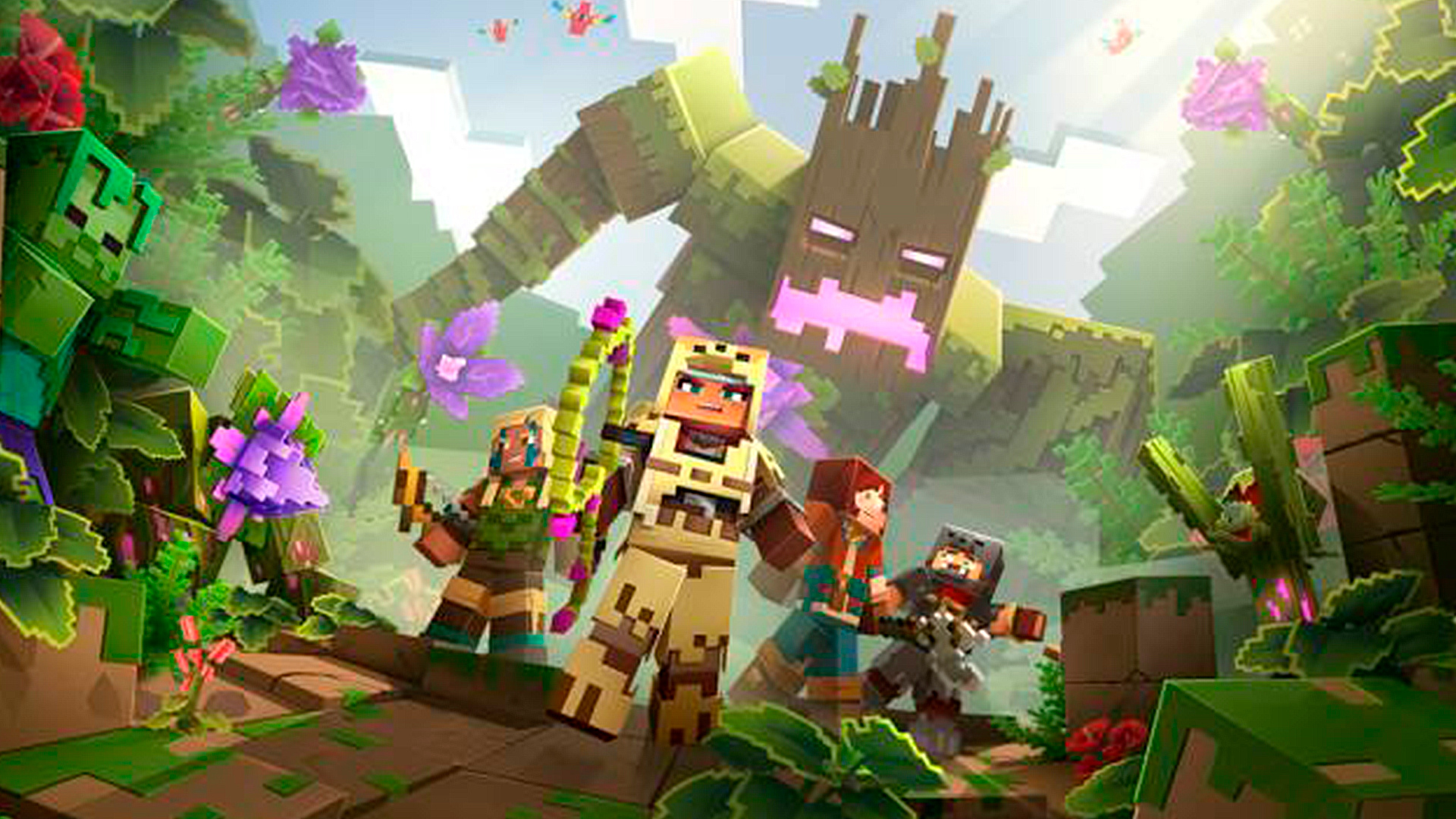

When everything is ready you should get a file like this one bellow. Rendering a depth map takes less than a minute so you don't have to worry about long rendering times. Ok now if you start rendering you should see something like on the screen bellow! Just make sure that you keep the same ratio and image type but the resolution can be way lower than the original image.

so if you are using the power of 2 and your main image is 8192x8192 ( obviously for VR you should render stereo! ) or 4096x4096 like in my examples you can use 1024x1024 for the depth map. INVIORVR suggests fewer carbs and more Nature. The goal of INVIROVR is to produce inspirational VR-Content that lowers stress and anxiety levels while increasing feelings of well-being.

Here is the trick - higher resolution of a depth map is not making a difference. 360-VR-JUNGLE AND RAIN FOREST This is a compilation of Jungle and RainForest environments from Costa Rica and the Hoh Rainforest iN Washington state. Now you can go back to the Scene tab and select Render only masksīefore you start rendering you should chose the right resolution for your image. You should open the Render Setup window and Render Elements tab like on the screenshot bellow and add CGeometry_Zdepth too Render Elements section and in the bottom select Use Camera Environment Range ( we did quite a lot of test with different min and max values and we've discovered that the best effect is when you use camera environment range )
360 VR PHOTO RENDER JUNGLE FULL
It's not full 3D but as you can see in the tour bellow if you add a depth map to your images theViewer can make the transition in the web tour way smoother and in VR you will be able to move your head and experience 6DOFįirs of all you need to generate a depth map file for every single panorama that should have the smooth transition effect like in the tour above made by Recent Spaces Now thanks to something that is called Depth map, or ZDepth map we can add a bit 6DOF into your VR tours. However what is missing in 360 images is 6DOF. We've launched theViewer in 2016 and from the beginning we've decided to work with 360 photos and images because in our opinion this was when we started and still in 2020 is the best way to show / sell properties!Įven in VR i honestly think that 360 photo realistic render creates a way better immersion than a real time engine.ĭon't get me wrong! real time engines are amazing and we are huuuuge fans of what Epic Games are doing but still. Camera rotation won’t affect the content of the render, only how it will be laid out.6DOF in your 360 VR images - Step 1 Depth Map creation You will need to rotate your camera to point North, or some direction that you can be consistent with if you create multiple panoramas and need to align their view. 1.6m or 5’-3” is a good default if you plan on showing your panorama to many people. But what height to pick? Well, anyone who is tall was once short, but anyone who is short has never been tall.

Because of the sense of presence afforded by virtual reality, it can be jarring for someone to feel too short or too tall. Next, set your camera to an average human height if it is not already. Your lens and FOV settings will not matter. If you’re using a different camera from the one you created a typical V-ray render with, you will want to ensure your camera has the same settings for color balance, f-stop, ISO, and shutter speed. This camera will be serving as the center point of a 360 render. Note that the camera may be a standard 3ds Max camera or a V-ray physical camera. First, create or select a camera in the scene.


 0 kommentar(er)
0 kommentar(er)
